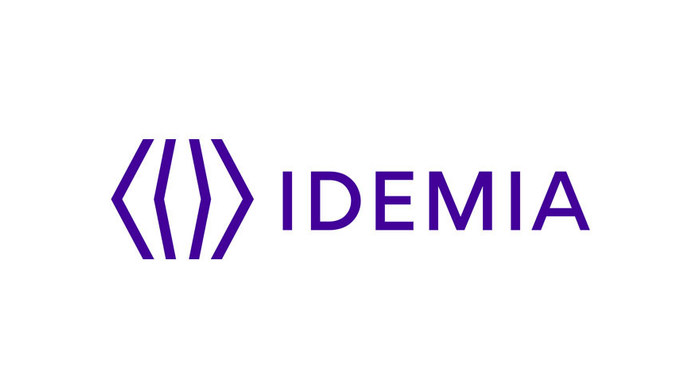Should All My IT be Cloud-Based?
The first incident involved a long-time customer who leverages a common stack of cloud computing solutions. Their data back-up solution is in the cloud and offsite. They rely on cloud-based Microsoft Office 365 for day-to-day workflow, in addition to other cloud-based vendors for different business activities. Additionally, they maintained an on-premise server that was at its end of life.
It seemed a good time to ask us whether or not it was time to take all remaining activities to the cloud and not replace their servers. (While this is a common question, it’s important to understand that the answer is always contextual.) For this client, we advised against transitioning to a full cloud server infrastructure. The primary reason was one of cost: Over 36 months, the cost of on-premise servers with a back-up solution proved to be half the cost of transitioning to Amazon Web Services (AWS) or Azure.
Interestingly, our customers realized that transitioning to the cloud would cost more than an on-premise solution. However, thanks to cloud vendor marketing messages, they assumed (incorrectly) that they would recoup the investment through reduced management and maintenance needs.
In reality, making their unique setup fully cloud-based would make managing their IT more complicated, not less. Hence, our fees would not go down. Our customer was surprised by this, and I understand. It contradicts the marketing message coming from cloud vendors.
Our recommendation was to follow the path of many other businesses with a hybrid solution; some cloud and some on-premise. We expect this to be an ongoing trend going for several years
Does Cloud Computing Have an Expiration Date?
The second incident that inspired this missive was an article I read about a mass exodus of companies from the cloud back to on-premise servers. These companies were early adopters of full-cloud implementation, and are now realizing the downside of this decision, such as the increased costs, lack of control, etc. This news seemed so inconsistent with the overall hype, that it caught me off guard.
Navigating Your Way Through the Cloud
So, what does all this mean? This dose of reality can help you make sound decisions for how best to use cloud computing to your business’ advantage. Here are five key take-aways:
1. Don’t be coerced by the hype and move all your computing to the cloud.
While it may be the best approach for your business, for most it’s better to leverage the cloud for individual applications or discrete workloads. This hybrid model is, generally, the most appropriate.
2. Understand that over time, the cloud-based architecture will cost you more.
While the cost of entry may be low, when analyzed over 3-5 years, it’s almost always more expensive. That said, costs have come down in the past year, and that trend will likely continue. I believe costs will ultimately become comparable or better than on-premise servers, but that time has not yet arrived.
3. Moving to the cloud makes your IT management more complex, not simpler.
True, there may be less hardware to deal with, but everything else takes more effort to manage. I would not expect drastic cuts in IT management.
4. Cloud security is a big concern.
While physically, the cloud provides more security than the server in your office, it can be wildly insecure and an enormous risk if your IT provider doesn’t implement it correctly. A cloud-based solution can be just as secure and often more secure than an on-premise solution if you choose the right vendors. The key is finding vendors and IT providers who understand security, and cloud-based security solutions.
5. Cloud-based applications respond more slowly.
Some applications do not adapt easily as a cloud solution. The result is often underperformance, or a big spend on cloud resources to compensate for slow response. The good news is that this situation is improving daily. There is a transformation taking place, as new applications in development are becoming browser-based.
The reality is, while the cloud should play an important role in your business IT, be wary of fully committing all servers and resources to it — it’s important to set realistic expectations with regards to performance and financial commitment. Each business uses different applications and has a slightly different need for IT. Some businesses are made for the cloud. Others are better off using on-site servers or those housed in a colocation data center. Use this blog post as your guide and perform due diligence on any cloud solution recommendations that come your way.
Check out the Cloud Solutions Overview for more information.




































